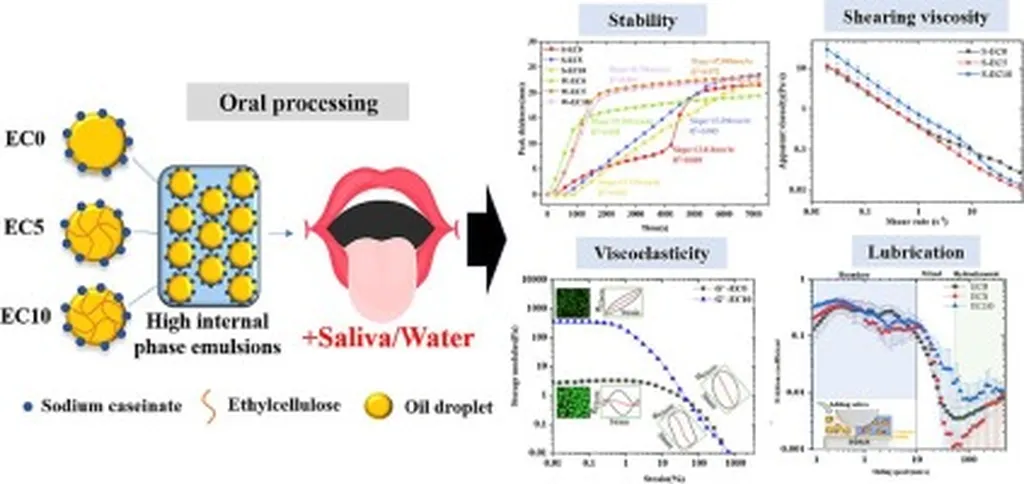In a groundbreaking study published in the journal *Applied Rheology* (translated as *Practical Rheology*), researchers from the University of Erlangen-Nuremberg have shed new light on the intricate relationship between saliva rheology and phonation, particularly in individuals with ectodermal dysplasia (ED). The study, led by Dr. Eckhardt Maximilian from the University Hospital Erlangen’s Division of Phoniatrics and Pediatric Audiology, offers a unique perspective on how the physical properties of saliva might influence voice production, with potential implications for various industries, including the energy sector.
Ectodermal dysplasia is a rare genetic disorder that affects the development of skin appendages and certain glands, leading to reduced salivation and impaired voice quality, particularly in males. This condition provides a rare opportunity to study the role of laryngeal mucus in the phonation process. Dr. Maximilian and his team collected saliva samples from 36 ED patients and 99 controls, measuring their viscoelastic properties using a rheometer. The results revealed that ED subjects exhibited significantly lower storage (G′) and loss (G″) moduli at lower frequencies and strains, suggesting reduced resistance of saliva to external forces.
“This reduced resistance might impair the mucus’ retention rate on the vocal folds, affecting voice quality,” Dr. Maximilian explained. “Our findings also hint at altered hyaluronic acid content in ED, which could guide further studies investigating voice conspicuities.”
The implications of this research extend beyond the medical field. In the energy sector, understanding the rheological properties of fluids is crucial for optimizing processes such as drilling, pipeline transport, and even the development of new materials. “The techniques and insights gained from this study could potentially be adapted to improve the efficiency and safety of various industrial processes,” Dr. Maximilian suggested.
Moreover, the study’s focus on non-invasive methods for analyzing fluid properties could inspire new approaches to monitoring and maintaining equipment in harsh environments. “By understanding how fluids behave under different conditions, we can develop better strategies for predicting and preventing failures,” Dr. Maximilian added.
As the energy sector continues to evolve, the need for innovative solutions to complex problems grows ever more pressing. This research not only advances our understanding of the fundamental processes involved in phonation but also opens up new avenues for exploration in industrial applications. “The potential for cross-disciplinary collaboration is immense,” Dr. Maximilian concluded. “By bridging the gap between medical research and industrial innovation, we can drive progress in both fields.”
Published in *Applied Rheology*, this study serves as a testament to the power of interdisciplinary research, offering a glimpse into a future where the boundaries between medicine and industry continue to blur, fostering a new era of innovation and discovery.

